Smoke detector/alarms are a key part of any home’s safety equipment. Nearly 2/3 of all residential fire deaths occur when there is not a working smoke detector present. 21% of those deaths occur when an alarm is present but not working. This points out the importance of inspecting and reporting as thoroughly as possible. Additionally, jurisdictions are well aware of these statistics, and are updating relevant laws. It’s imperative to be familiar with your state and local requirements.
Before testing any detectors, confirm that they are not actively connected to an alarm system; this could cause a false alarm response from the fire department. Inspect for any loose, damaged, or missing detectors. Report any units that are 10 years old or older based on their appearance or the home’s age. Use the available Limitation Statement and/or any state-mandated wording as needed.
There are missing smoke detectors. This is a safety issue. There should be at least one functional smoke detector on each level of the house. Replace the smoke detector.
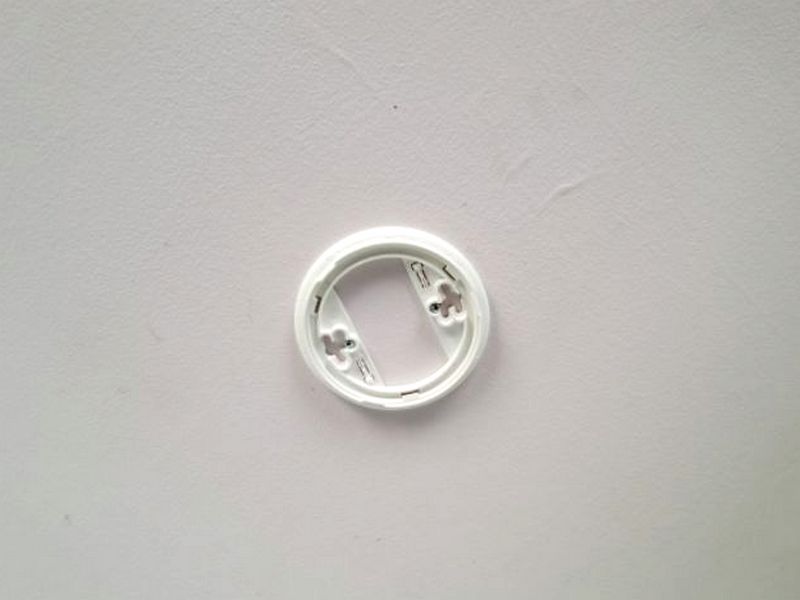
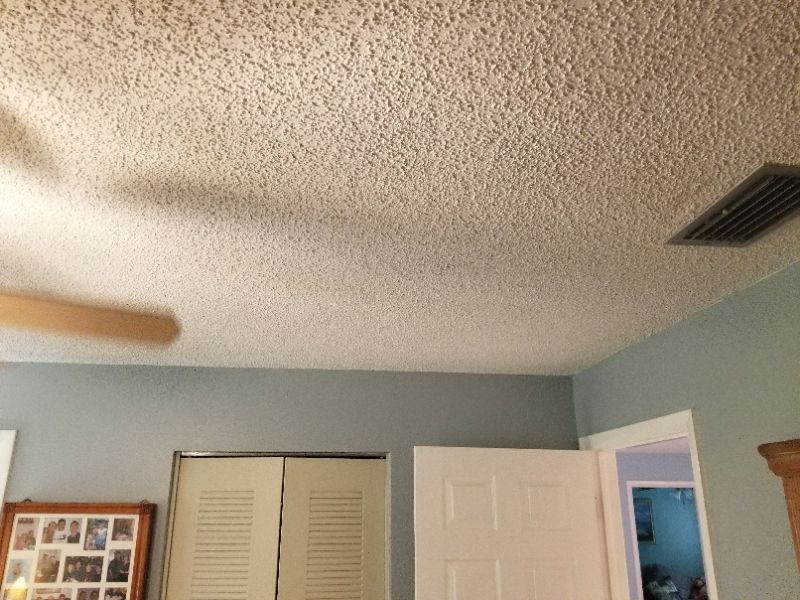
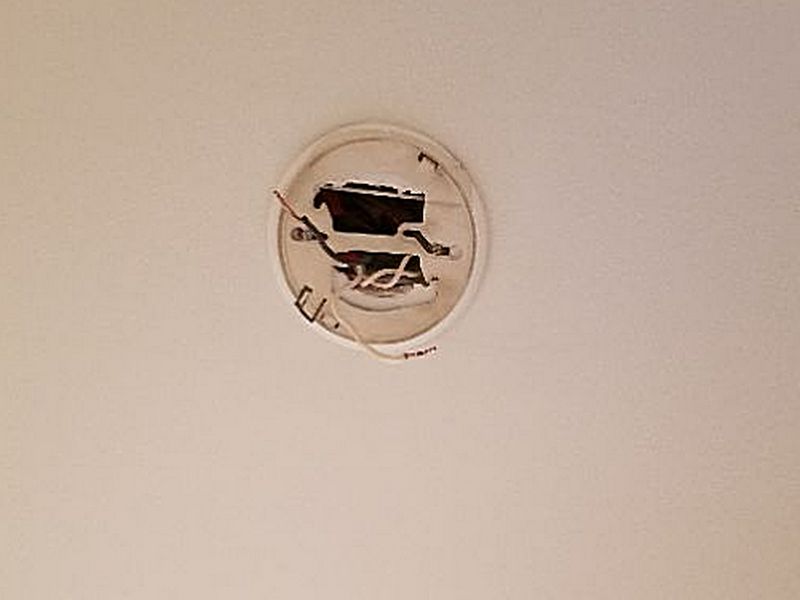
The smoke detector is inoperative. This is a safety issue. There should be at least one functional smoke detector on each level of the house for safety. Replace the smoke detector.
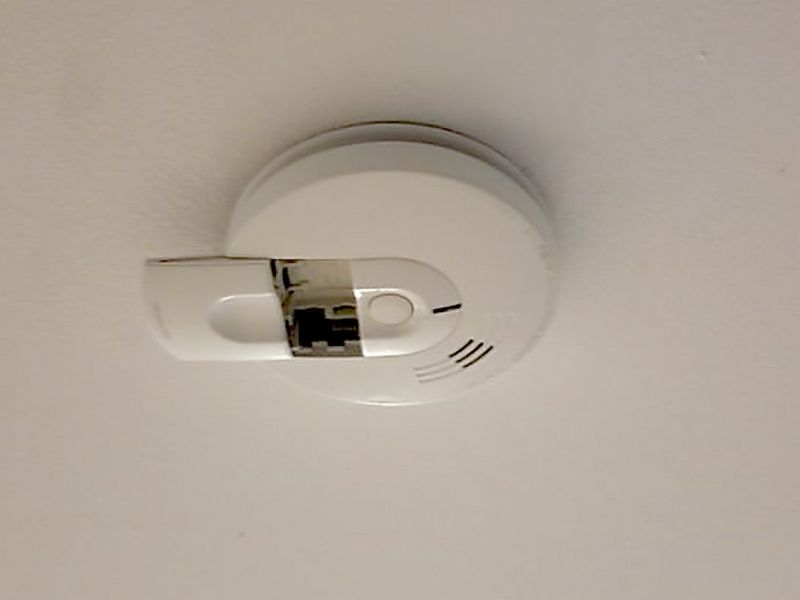
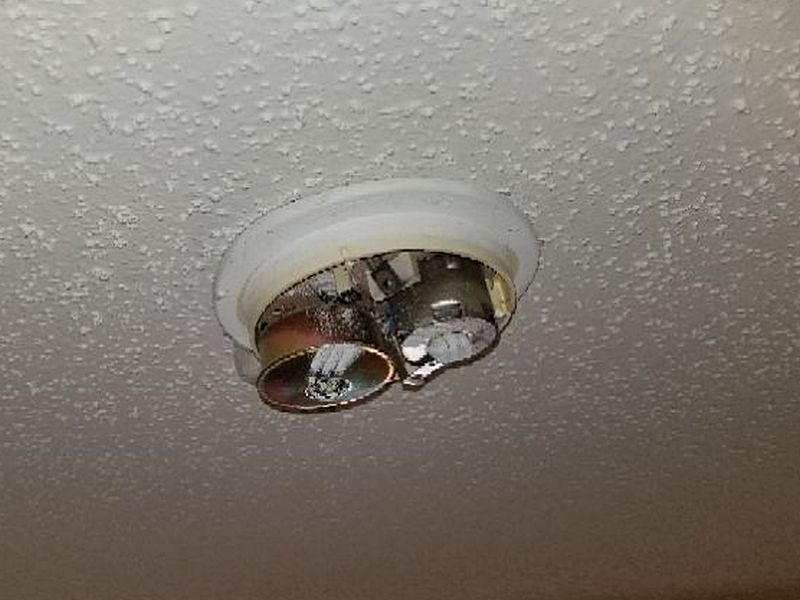
The smoke detector is loose or hanging. This can affect proper function. Repair or replace the detector.
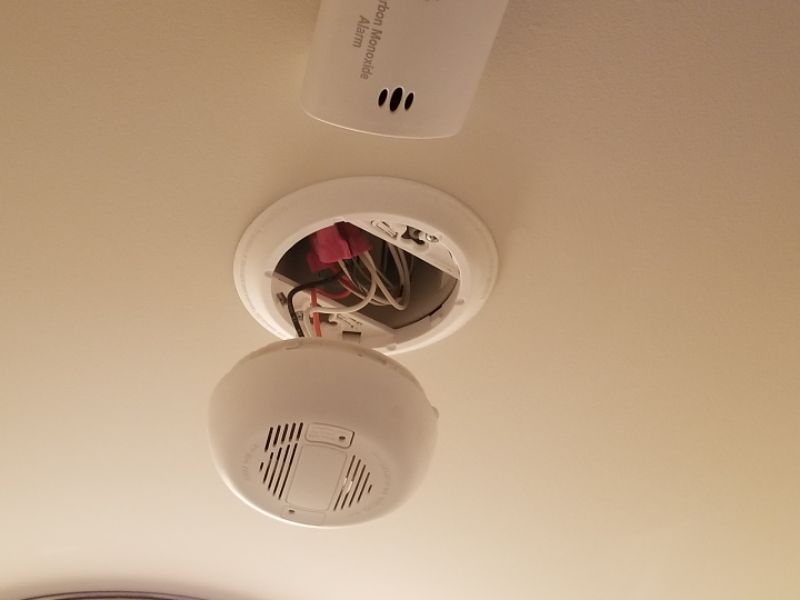
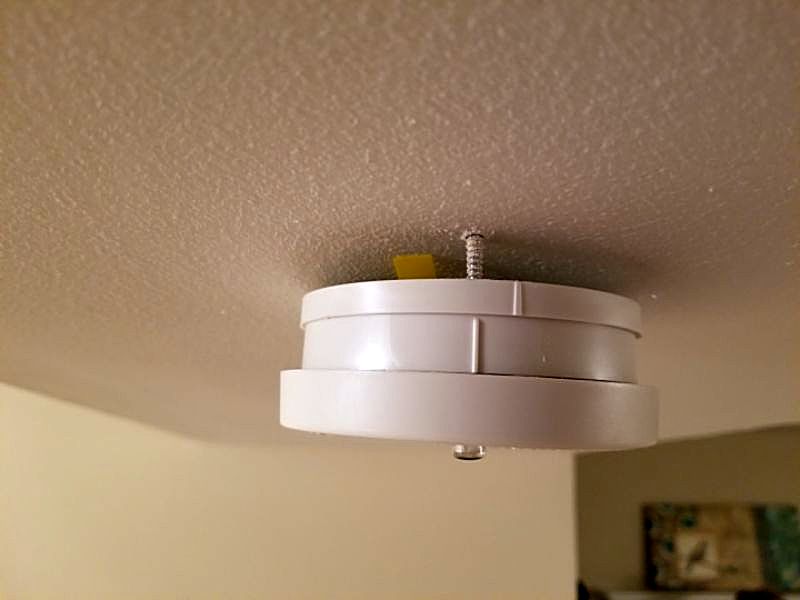
The smoke detectors are 10+ years old and beyond their life expectancy. This is a safety hazard. Replace the smoke detectors.



